Pronouns
What are pronouns?
A pronoun is a word used in place of a proper noun when it is already clear through context who is being referred to. Pronouns are used to limit redundancy when the person or thing being referred to is already clear.
Examples of pronouns are she/her/it/you/we/they as well as several others you may be familiar with through everyday speech. Personal pronouns are the pronouns an individual chooses to be referred to by that best fit their personal identity (for example she/her/hers).
Often, when we refer to individuals we do not know, we make assumptions about what their pronouns may be. While this is common, it is important to remember that you cannot tell someone’s pronouns by the way they look or present themselves. It is always best to ask someone what pronouns they use instead of making assumptions about what pronouns they may use.
How we are expressing personal pronouns at ECOSLO
At ECOSLO we have chosen to include pronouns on our email signatures and biographies, as well as in materials such as volunteer forms and surveys, as a way of normalizing not making assumptions about other people’s personal pronouns.
When everyone makes an effort to assert their pronouns, it removes the burden on trans and nonbinary people to start the conversation about pronouns themselves. We at ECOSLO want to make it clear that we value everyone being referred to in a way that is affirming to them and their identity. It is important to remember that everyone – regardless of gender identity – has personal pronouns. If you feel it would be hurtful for someone to refer to you based on assumptions they have made, then you understand why it is so important to not refer to someone with pronouns based on assumption. Adding your pronouns into things like your email signature or including it as part of meeting introductions are great ways to challenge assumptions of gender and assert your belief that people deserve to feel validated in their identities.

